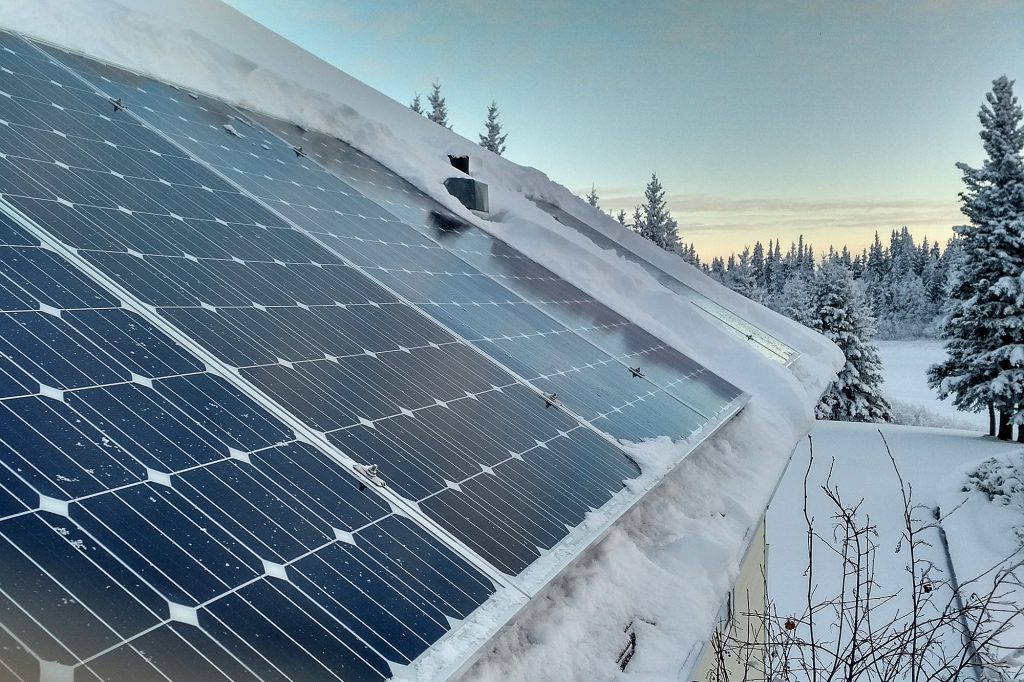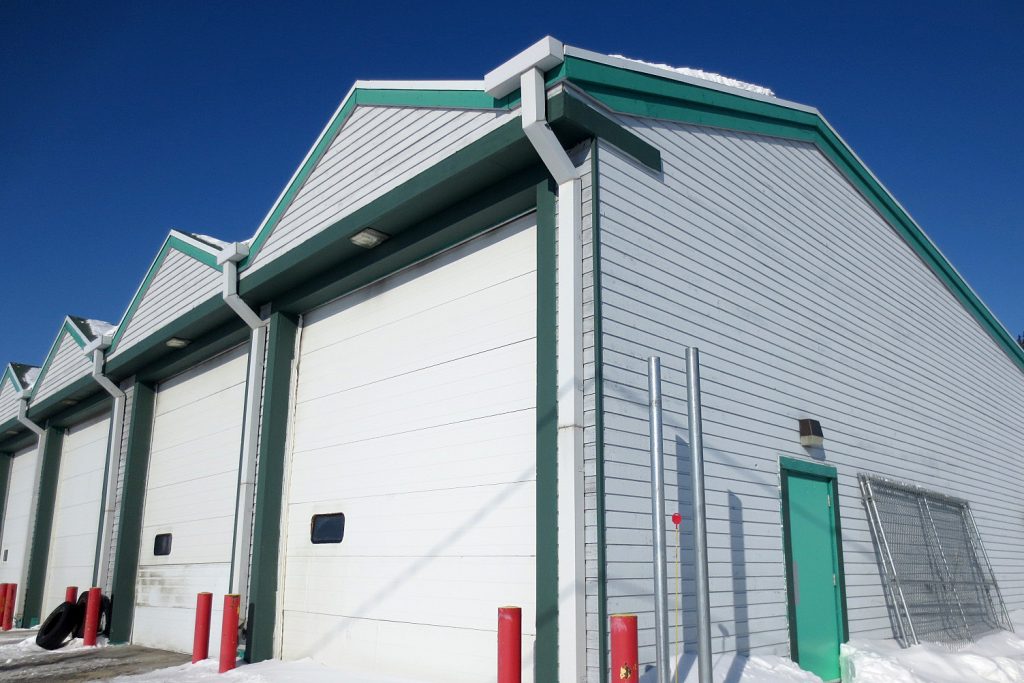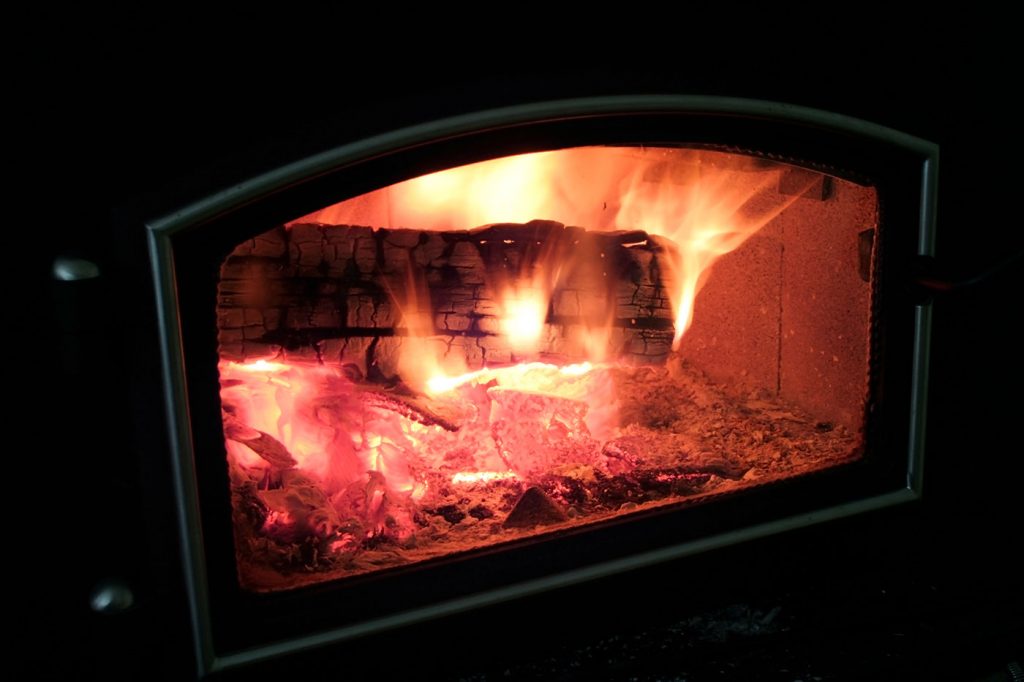AEA provides funding for renewable energy sources such as solar, wind, wood pellet heating, biofuel/synthetic gas and ground-source heat pumps. This funding is available to communities, businesses, non-profit organizations and NWT residents.
AEA can no longer offer rebates on grid-connected renewable electricity projects in communities that use hydroelectricity. See below for more information.
Rebates are distributed on a first-come, first-served basis, subject to pre-approval and availability of funds.
REBATE APPLICATIONS CLOSED
Updated Aug. 6, 2025. We are not currently accepting applications for renewable energy systems. We’ve reached the limit for the number of applications we can accept this year. We will begin accepting applications again on April 1, 2026.
Who is Eligible for What?
Residents are eligible for up to $20,000 in rebate funding.
Businesses, community governments, Indigenous governments and non-profit organizations are eligible for up to $50,000.
The rebate amount you receive will be the lower of:
- 50% of the total eligible costs of your project
- A calculation based on the amount of money and greenhouses gases that your project will save (for projects other than solar electric systems)
- (For solar electric projects only) A calculation of $4.00 per watt that the system can produce
See the program guidelines below for more information on rebate amounts.
Considering an application for renewable energy funding? CONTACT US FIRST BEFORE YOU APPLY.
Guideline documents are provided below.
How the Program Works
General Requirements
- The recipient is responsible for obtaining all necessary approvals, permits, and licenses for the project.
- In the NWT, electrical permits are required for both off-grid and grid-tied renewable energy systems.
- All materials must be purchased new to qualify for funding assistance.
- All system hardware and installation must meet strict quality criteria. All eligible equipment must be Canadian Standards Association (CSA) or Underwriters Laboratory of Canada (ULC) certified.
- Renewable electricity systems—such as solar panels—are eligible for funding assistance only for projects on off-grid buildings or in communities that do not use hydroelectricity.
- Any proposals for grid-tied electrical systems must include proof of approval from the electrical supply utility and meet all interconnection standards established for technical and safety requirements.
Eligible Technologies
The following technologies have been approved for funding:
- Photovoltaic (PV) technologies collect solar radiation to produce electricity. (Note: grid-connected systems in communities that use hydroelectricity are not eligible.)
- Wind turbines capture the energy of the wind to produce electricity. (Note: grid-connected systems in communities that use hydroelectricity are not eligible.)
- Solar water heating systems are generally flat panels or a series of evacuated tubes that collect energy from solar radiation for heating water.
- Solar air heating systems use dark perforated metal panels and solar radiation to pre-heat the air intake for a building.
- In-stream hydro/micro-hydro systems consist of a small turbine that is rotated by water pressure from a moving body of water or from water delivered by a pipe. (Note: grid-connected systems in communities that use hydroelectricity are not eligible.)
- Wood pellet boilers/furnaces for space heating that operate the same as conventional boilers or furnaces with the exception of fuel type.
- EPA certified wood boilers/furnaces for space heating that operate the same as conventional boilers or furnaces with the exception of fuel type.
- Electric heating system (only for businesses, community governments or non-profit organizations in the South Slave region)
Eligible Costs
The following costs can be covered by a rebate:
- Renewable energy systems and all materials required for installing your system
- Shipping
- Inverters and electrical control systems
- Batteries for stand-alone applications and for grid-tied systems with battery backup
- Integrated equipment for storing, handling or feeding wood pellets or other bio-fuels
- Monitoring equipment
- Installation
Ineligible Costs
The following costs are not eligible for funding:
- Any costs associated with a grid-connected renewable electricity system in a community that uses hydroelectricity
- Any costs associated with a portable or temporary solar photovoltaic system (e.g. a packable system or a system on an RV)
- Removing an existing system
- Conventional systems used for backup heat or power generation
- Structural components of a building
- Spare parts to support a system
- Operations and maintenance
- Replacing existing batteries or other components
- GST
Evaluation
All applications are processed in the order they are received by AEA. An application is considered received by AEA when it is completed correctly and contains all supporting documents.
Applications will be evaluated based on:
- Technical feasibility,
- Potential energy savings, and
- Environmental benefits, including the reduction of greenhouse gas emissions.
Funding will be distributed on a first-come, first-served basis until all funding has been allocated. It is possible for funding to be fully allocated before the end of the year. The Executive Director of Arctic Energy Alliance reserves the right to make a final decision on all rebate applications.
How AEA Can Help
Arctic Energy Alliance can help residents to plan and implement alternative energy projects. AEA offers valuable services to help the public attain the following goals:
- build awareness, confidence, and acceptance of alternative energy systems,
- expand the alternative energy supply industry in the NWT,
- reduce long term dependence on imported fossil fuels,
- reduce emissions of greenhouse gases, and
- reduce long-term real cost of energy for NWT residents.
Net Metering
Although AEA can no longer offer funding assistance for renewable electricity systems in communities that use hydroelectricity, these systems are still an option for residents of these communities. If you live in a hydro community and are interested in installing a renewable electricity system, Northland Utilities and the Northwest Territories Power Corporation both offer Net Metering to their customers. The following documents explain the process.
How to Apply
Apply Online
We are not currently accepting applications for renewable energy systems. (Updated Aug. 6, 2025.)




